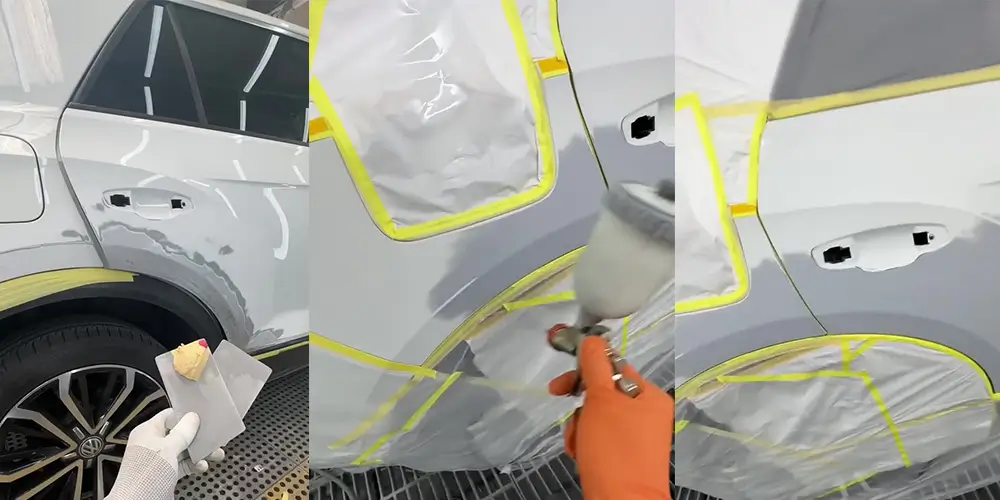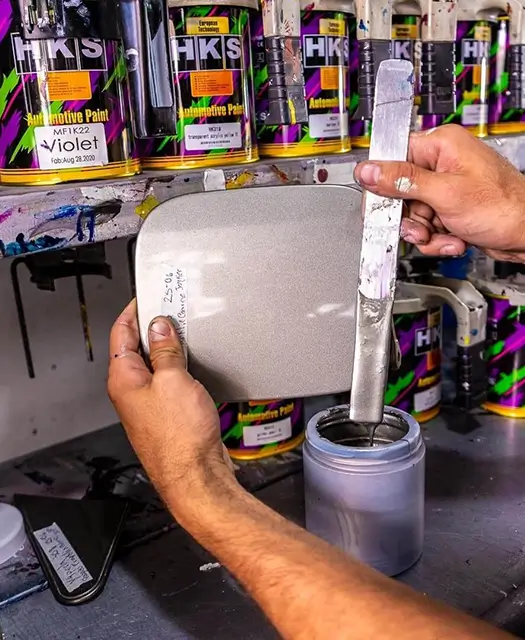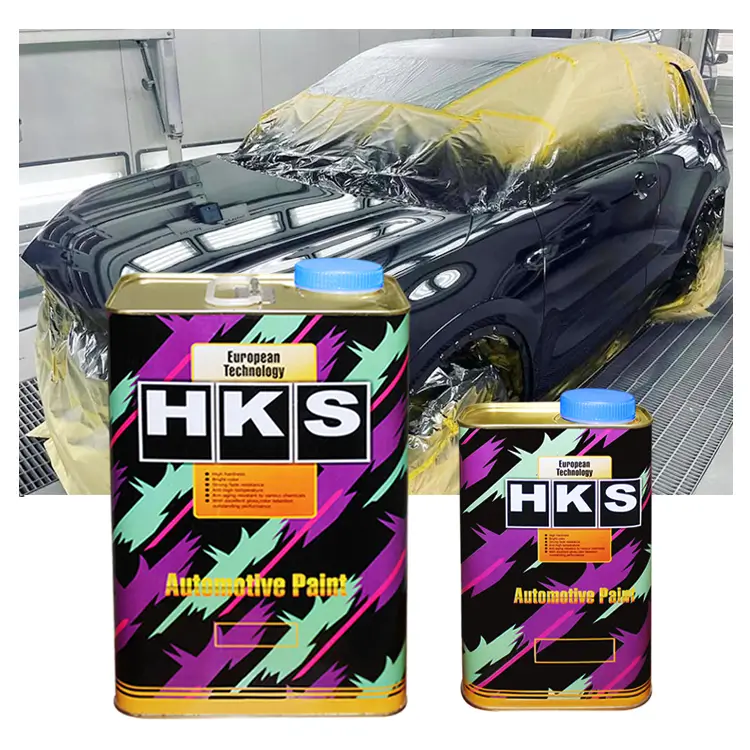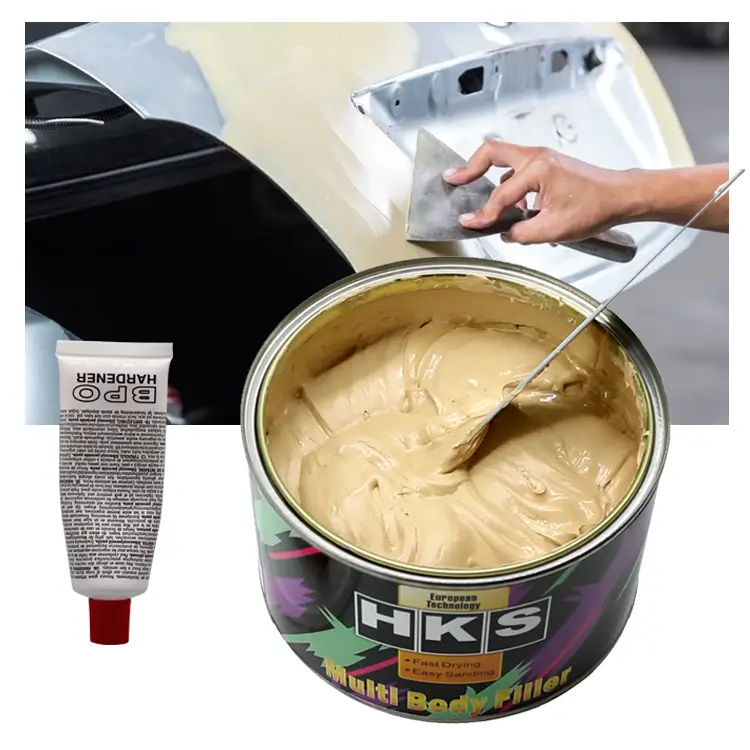
How to Do Body Work on a Car
Car body work is an essential aspect of maintaining and restoring vehicles. Whether it's fixing dents, scratches, or rust, proper body work can enhance the appearance and longevity of a car. In this guide, we'll explore the step-by-step process of performing body work on a car, from preparation to finishing touches.
1. Assessment and Preparation
Before starting any body work, it's crucial to assess the extent of the damage. Inspect the car thoroughly for dents, scratches, rust, or any other imperfections. Take note of areas that require attention and prioritize repairs based on severity.
Next, gather the necessary tools and materials for the job. This may include sandpaper, body filler, primer, car paint, masking tape, safety equipment (such as gloves and goggles), and a variety of specialized tools for specific tasks.
2. Dent Repair
Dents are a common issue that can detract from the appearance of a car. Depending on the size and depth of the dent, different repair techniques may be used. For small dents, paintless dent repair (PDR) can be effective, utilizing specialized tools to massage the metal back into shape without the need for painting. For larger dents, traditional methods involving dent pullers, body filler, and sanding may be necessary.
3. Surface Preparation
Proper surface preparation is crucial for achieving a smooth and durable finish. Start by cleaning the damaged area thoroughly to remove dirt, grease, and debris. Use a degreaser and water or a solvent-based cleaner for this purpose.
Once clean, sand the surface using progressively finer grit sandpaper to smooth out imperfections and create a suitable surface for adhesion. Feather the edges of any paint or primer to blend them seamlessly with the surrounding area.
4. Rust Repair
Rust can be a significant problem if left untreated, causing structural damage and compromising the integrity of the car's body. Begin by removing any loose rust using a wire brush or sandpaper. Treat the affected area with a rust converter to neutralize the rust and prevent further corrosion.
After treating the rust, fill any pits or holes with body filler and sand smooth. Apply a rust-inhibiting primer to the repaired area before proceeding with painting.
5. Applying Body Filler
Body filler, also known as Bondo, is used to fill in dents, scratches, and other imperfections in the car's body. Begin by mixing the filler according to the manufacturer's instructions and apply it to the damaged area using a plastic spreader. Work quickly, as body filler sets rapidly.
Once applied, allow the filler to cure completely before sanding it smooth. Use progressively finer grit sandpaper to achieve a level surface, blending the filler with the surrounding metal.
6. Priming and Painting
Before painting, it's essential to apply a primer to the repaired area to promote adhesion and provide a smooth base for the car paint. Choose a primer that is compatible with the type of paint you'll be using and apply it evenly over the repaired area.
Once the primer has dried, sand it lightly with fine grit sandpaper to ensure a smooth finish. Now, it's time to apply the paint. Use a high-quality automotive paint matched to the color of your car, and apply it in thin, even coats, allowing each coat to dry completely before applying the next.
7. Finishing Touches
After the paint has dried, inspect the repaired area for any imperfections or inconsistencies. Touch up any areas that require additional paint or blending to achieve a seamless finish.
Finally, apply a clear coat to protect the paint and give it a glossy finish. Allow the clear coat to dry thoroughly before handling or waxing the car.
Conclusion
Performing body work on a car requires patience, skill, and attention to detail. By following the steps outlined in this guide and using the proper tools and materials, you can achieve professional-quality results and restore your car's appearance and structural integrity.

Source of this article:https://www.supersybon.com
Get to know us through more channels:




